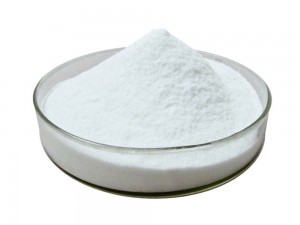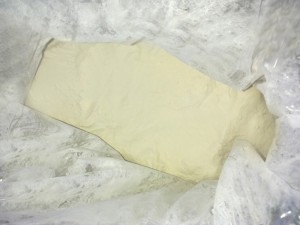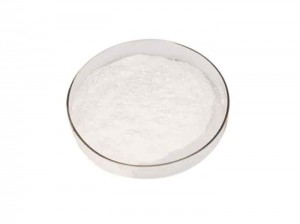Glyphosate
Glyphosate, Technical, Tech, 95% TC, 97% TC, Pesticide & Herbicide
Specification
Product Description
● Solubility:
In water 10.5 g/L (pH 1.9, 20℃). Insoluble in common organic solvents, and its isopropylamine salt is readily soluble in water. Non-flammable, non-explosive, stable storage at room temperature. Corrosive to medium carbon steel and tinplate.
● Stability:
Glyphosate and all its salts are non-volatile, do not photochemically degrade and are stable in air. Glyphosate is stable to hydrolysis at pH 3, 6 and 9 (5-35℃).
● Biochemistry:
Inhibits 5-enolpyruvylshikimate-3-phosphate synthase (EPSPS), an enzyme of the aromatic acid biosynthetic pathway. This prevents synthesis of essential aromatic amino acids needed for protein biosynthesis.
● Mode of Action :
Non-selective systemic herbicide, absorbed by the foliage, with rapid translocation throughout the plant. Inactivated on contact with soil.
● Uses:
Control of annual and perennial grasses and broad-leaved weeds, pre-harvest, in cereals, peas, beans, oilseed rape, flax and mustard, at c. 1.5-2 kg/ha; control of annual and perennial grasses and broad-leaved weeds in stubble and post-planting/pre-emergence of many crops; as a directed spray in vines and olives, at up to 4.3 kg/ha; in orchards, pasture, forestry and industrial weed control, at up to 4.3 kg/ha. As an aquatic herbicide, at c. 2 kg/ha.
● Formulation types:
SG, SL.
● Feature:
Glyphosate is a systemic conduction type chronic broad-spectrum herbicide that mainly inhibits enolpyruvyl shikimate phosphate synthase in the body, thereby inhibiting the conversion of shikilin to phenylalanine, tyrosine and tryptophan Transformation interferes with protein synthesis and causes plant death. Glyphosate is absorbed by the stems and leaves and transferred to various parts of the plant. It can prevent plants from more than 40 families such as monocotyledonous and dicotyledonous, annual and perennial, herbs and shrubs. After entering the soil, Glyphosate quickly combines with metal ions such as iron and aluminum and loses its activity. It has no adverse effects on the seeds and soil microorganisms hidden in the soil.
● Compatibility:
Mixing with other herbicides may reduce the activity of Glyphosate.
● Packing in 25KG/Bag







